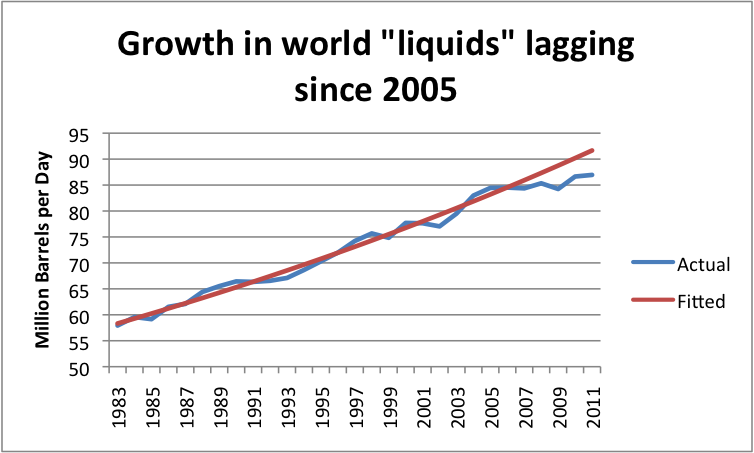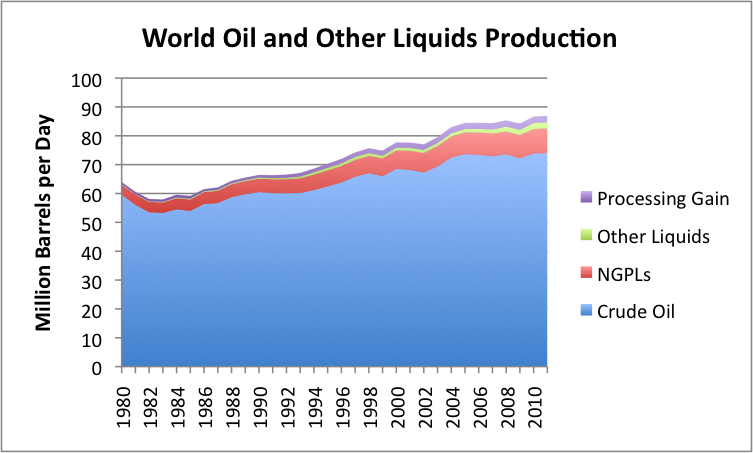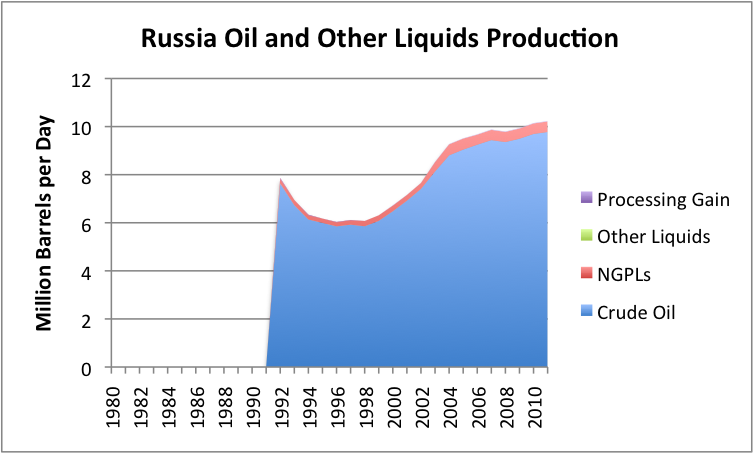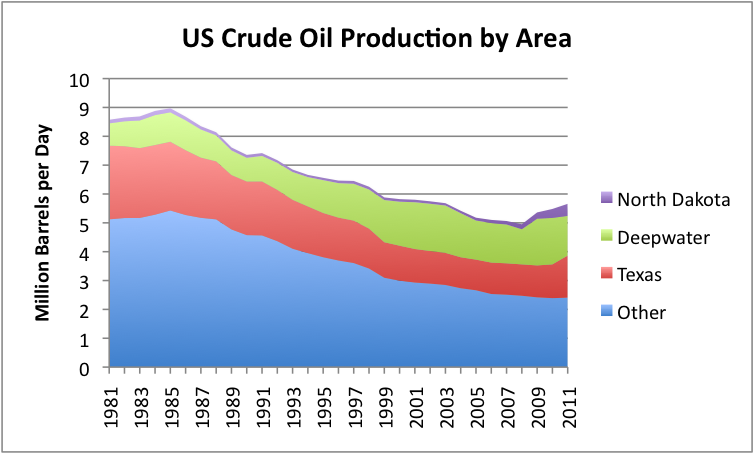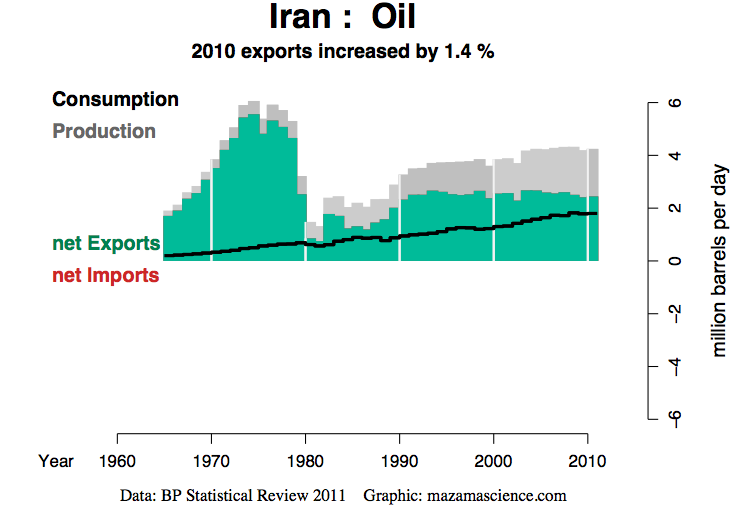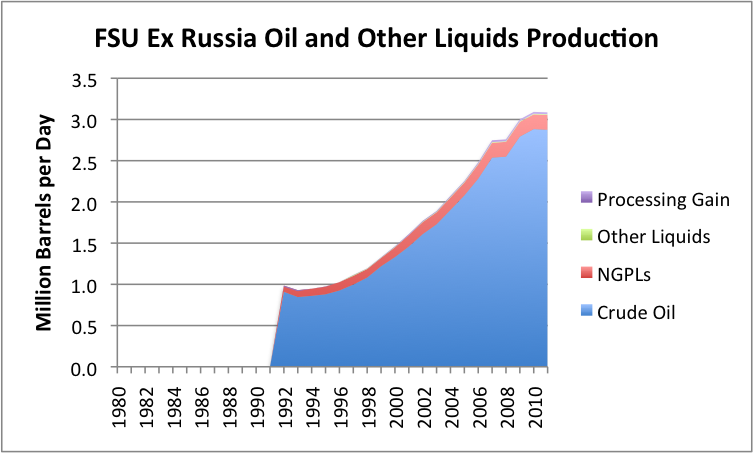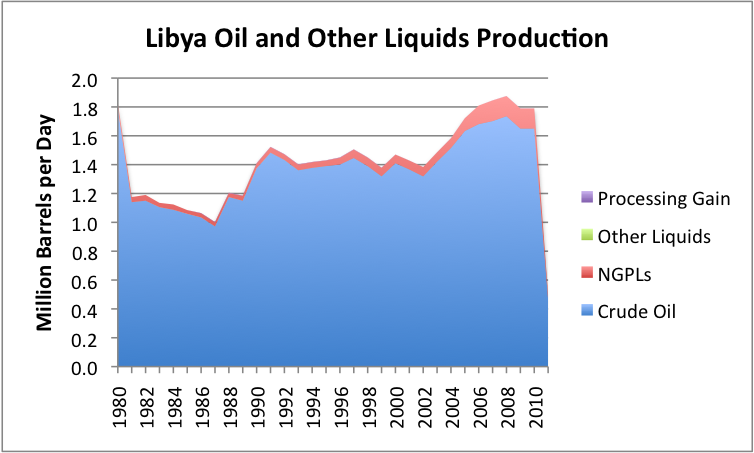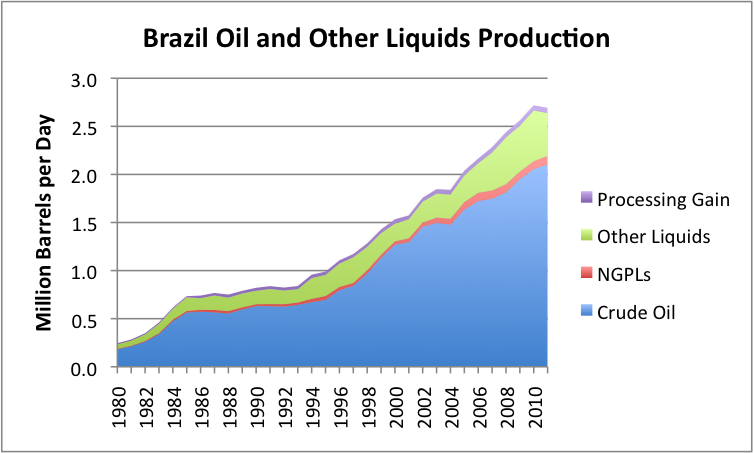

What the Chinese can tell Russia about assassinations and the Zioconned USA about its most Infamous White House Murder INC, in the Levant, ever since the odious political assassination in Lebanon of Mr. Elie HOBEIKA, January 24th 2002 on direct orders from Washington DC and its Sordid OSP....
By Steve LeVVines;
If China can detain the wife of a top politician on suspicion of murdering a British businessman, can there be hope that Russia will adjudicate the jailhouse death of Sergei Magnitsky? What about the elevator execution of journalist Anna Politkovskaya? Or the nuclear-isotope poisoning of former KGB officer Alexander Litvinenko?
Beijing has detained Gu Kailai, the wife of now-disgraced Communist Party official Bo Xilai, on suspicion of murdering Neil Heywood, a long-time British business associate whose body was found in a Chongqing hotel Nov. 15. At first, Chinese authorities blamed alcohol poisoning, but yesterday they said he was murdered.
The hard facts are clear, most experts agree -- this is a real murder, and authorities suspect that Gu and a servant played a role in it. But the rest is politics, said Chris Johnson, a former senior analyst on China for the CIA, and now a fellow at the Center for Strategic and International Studies. Johnson told me that Bo crossed an invisible line: He had seemed destined to be elevated to the all-powerful standing committee of the Communist Party Politburo. But he had created powerful enemies along the way, and ultimately self-destructed when a senior aide fled into a U.S. Consulate on Feb. 6, and divulged details of Bo's corrupt dealings, and the Heywood murder. Breaking the law and common decency are one thing when you are a senior Chinese official, but it appears that having it aired very publicly is quite another.
Yet even by those standards Russia falls short: Judging by the history of the last five or six years, if you commit a high-profile murder in Russia, you can be fairly assured of going on with your daily life unmolested.
There is no indication of a Bo copycat in Russia. Why? Newsweek's Owen Matthews puts it this way: Russia is one of the few countries where it's cool to be an outlaw.
One might wonder whether there is a corollary in the case of Mikhail Khodorkovsky, the billionaire oil baron who is languishing in prison after crossing Prime Minister Vladimir Putin. It isn't. Bo is a political enemy of some powerful Communist Party officials, but not sufficient numbers to have prevented his elevation. Khodorkovsky fatally crossed the line simply by acting threateningly on a presumption that he could be a major political force.
Consider the Magnitsky case. To date, senior Interior Ministry officials implicated in his death have appeared to become rich, but have not been subject to any visible prosecutorial attention. This week, Russian prosecutors said they had closed a case against Larisa Litvinova, a doctor in the prison where Magnitsky died.
In November 2009, the 37-year-old Magnitsky -- a lawyer for American investor Bill Browder -- died in a Moscow prison after 11 months in detention on charges that he robbed the state of $230 million. The charges were brought by Interior Ministry officials whom Magnitsky had first accused of stealing the same money. Evidence collected by Browder appears to show that Magnitsky's death was a result of deliberate neglect of hepatitis and heart disease developed while he was in prison.
The case has resulted in a serious cloud over Russia, and the Kremlin. The U.S. has barred dozens of Russian officials from visiting the United States. In a statement, State Department spokesman Victoria Nuland said, "The investigation into the circumstances of Magnitsky's death has been inadequate and has failed to produce justice."
The Politkovskaya case follows a familiar pattern: Politkovskaya, who received numerous international awards for investigative journalism, was murdered in her apartment elevator in November 2006. Amid much local and foreign pressure, Russian authorities implicated gang members and police colonel. However, the defendants have gone free and vanished after acquittals, and authorities either never found, or simply did not publicly name, the mastermind.
Litvinenko, who had fled to the United Kingdom after revealing the existence of a KGB hit-squad-for-pay, died in December 2006 from the effects of ingesting Polonium-210, a nuclear isotope that had been dropped into his tea at a London hotel restaurant. U.K. authorities implicated Andrei Lugovoi, a former KGB acquaintance of Litvinenko's, and requested his extradition. Russia refused, and Lugovoi (pictured above right, next to Dmitry Kovtun, who was also implicated in the case) won a seat in the Duma.
Russian authorities have variously blamed exiled billionaire Boris Berezovsky for the murder, and suggested that Litvinenko poisoned himself....

